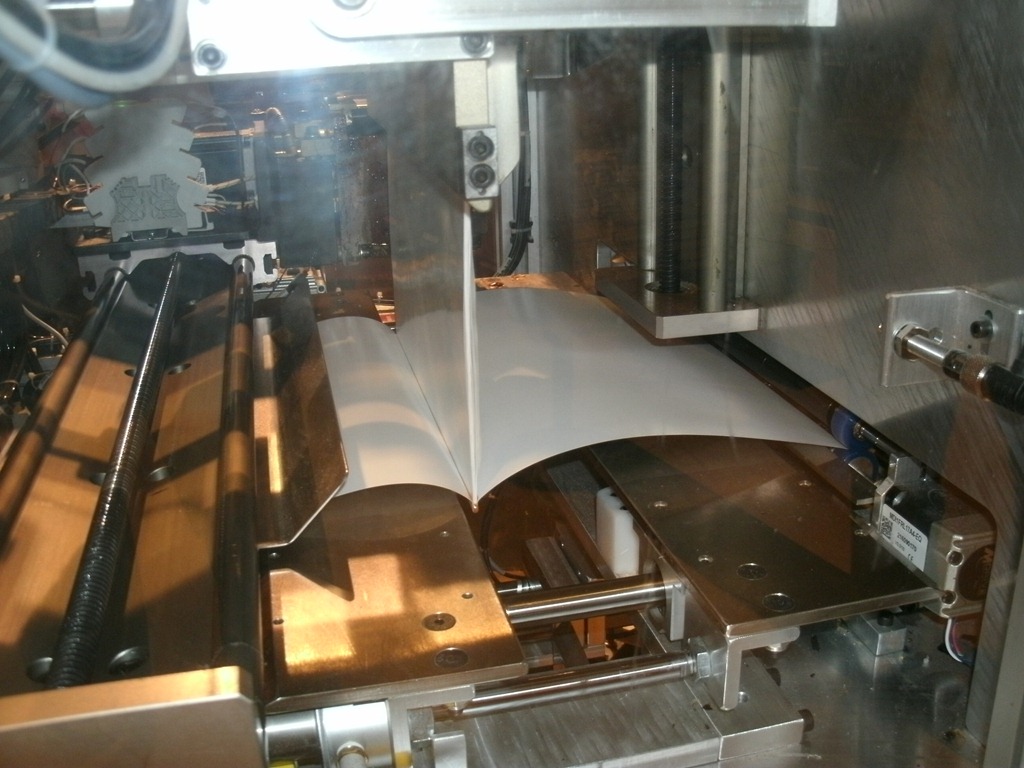 South African IT news site IT Web reports that the University of Johannesburg has just acquired an Espresso Book Machine of its very own. Most of the article summarizes what we already well know about the print-on-demand machine and its uses for printing and binding store-quality paperbacks in mere minutes, but it does quote On Demand Books as projecting over 150 machines installed world-wide by the end of 2012.
South African IT news site IT Web reports that the University of Johannesburg has just acquired an Espresso Book Machine of its very own. Most of the article summarizes what we already well know about the print-on-demand machine and its uses for printing and binding store-quality paperbacks in mere minutes, but it does quote On Demand Books as projecting over 150 machines installed world-wide by the end of 2012.
It also links to a Guardian article from 2009 in which the head of marketing for UK bookstore chain Blackwell suggested that the Espresso “has the potential to be the biggest change since Gutenberg". I have to wonder about that, though. Here it is three years later, and they’re only projecting to have 150 of these machines in the world by the end of this year. Some big change, huh?

































Espresso is only one sector of the electrostatic printing revolution. Remember that all photocopying and its specialty papers need to be considered as well. Gutenberg would not recognize either dry ink imaging or machine made paper. And recall that all book printing is actually only sheet printing. Bookbinders were needed to turn printed sheets into the book commodity until the Espresso came along.
I would not discount 150 installations as too insignificant. Again we should consider the huge installed base of dry ink imaging. Gutenberg didn’t have copy shops down the block.